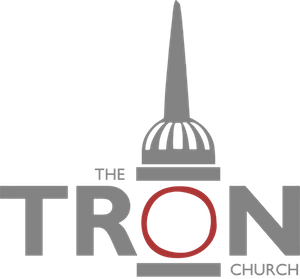"6 After this Jesus went away to the other side of the Sea of Galilee, which is the Sea of Tiberias. 2 And a large crowd was following him, because they saw the signs that he was doing on the sick. 3 Jesus went up on the mountain, and there he sat down with his disciples. 4 Now the Passover, the feast of the Jews, was at hand. 5 Lifting up his eyes, then, and seeing that a large crowd was coming towards him, Jesus said to Philip, “Where are we to buy bread, so that these people may eat?” 6 He said this to test him, for he himself knew what he would do. 7 Philip answered him, “Two hundred denariiwould not buy enough bread for each of them to get a little.” 8 One of his disciples, Andrew, Simon Peter's brother, said to him, 9 “There is a boy here who has five barley loaves and two fish, but what are they for so many?”10 Jesus said, “Make the people sit down.” Now there was much grass in the place. So the men sat down, about five thousand in number. 11 Jesus then took the loaves, and when he had given thanks, he distributed them to those who were seated. So also the fish, as much as they wanted. 12 And when they had eaten their fill, he told his disciples, “Gather up the leftover fragments, that nothing may be lost.” 13 So they gathered them up and filled twelve baskets with fragments from the five barley loaves left by those who had eaten. 14 When the people saw the sign that he had done, they said, “This is indeed the Prophet who is to come into the world!”"
John 6:1-14
The reference to the Passover in 4 is significant, and when we remember the symbolic nature of John's writing, it becomes very meaningful for us. For the Passover itself was a shadow of things to come, and illustrates Christ's death on the cross. Christ, as Paul says in his Corinthian epistle, is our Passover Lamb, and it is by His death that He becomes the bread of life to mankind, and it is by that death that the living bread becomes available to the world, for that bread is the benefits of His passion and victory, justification, forgiveness, reconciliation, adoption, newness of life, daily grace and blessing. This is why John is so intent on focusing our attention on the work of Christ: the sign, the work of power in the physical realm, illustrates a principle operative in the spiritual, and what takes place in the sphere of creation points away from itself to the sphere of redemption. The multiplication of the loaves and fishes rivets attention on Christ as the bread of life and illustrates the real meaning of the gospel. This, then, was the purpose and intent of the miracle - it was a sign, performed at a deeply significant season of the year, by which those who witnessed it could discover Who He really was, and the nature of the work He came to perform. This interpretation is, of course, borne out by the sermon Jesus preached afterwards - 'I am the bread of life'. The evangelistic value of such a record is surely plain. In John's day, and in ours alike, there were hearts conscious of hunger and aching with longing, looking for that which will meet and satisfy their need. Christ is the One who can meet that need. We are made for Him, and only in Him can we find rest for our souls.
